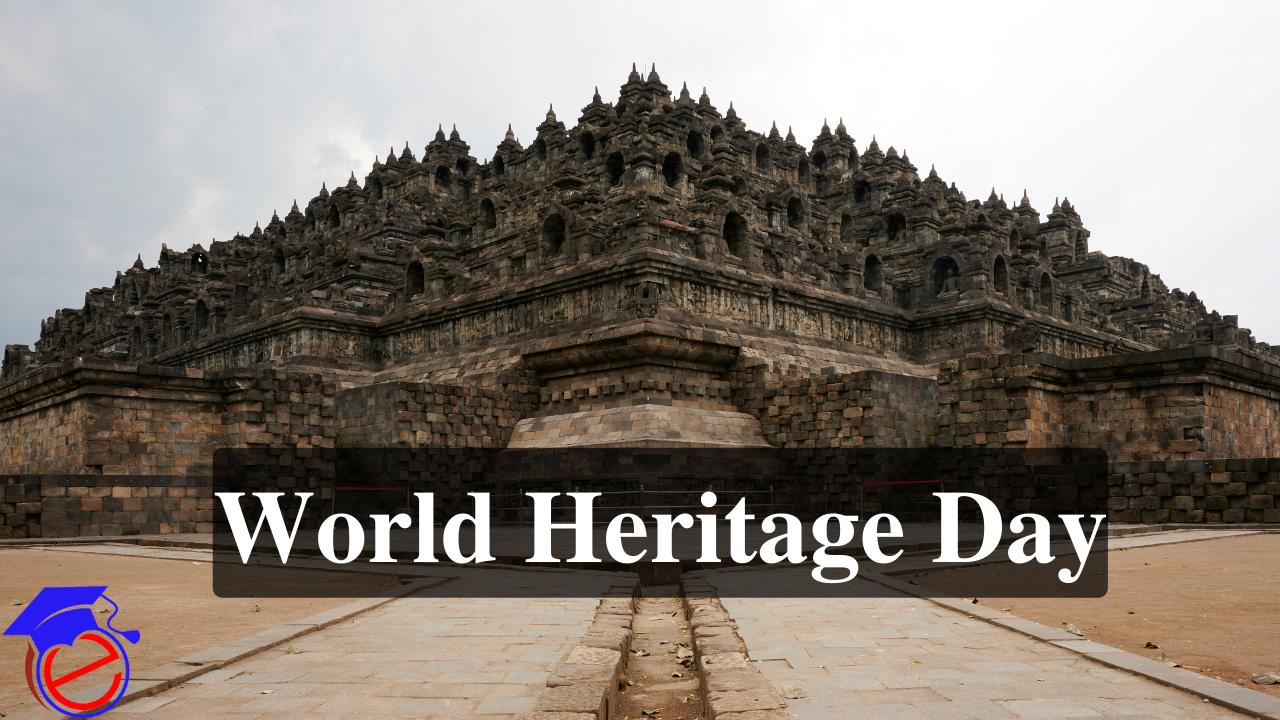
Every year on April 18th, the world celebrates World Heritage Day, also known as International Day for Monuments and Sites, to bring attention to the value of protecting and preserving the world’s natural and cultural heritage.
The purpose of World Heritage Day is to increase public awareness of the value of protecting and preserving the world’s natural and cultural heritage. It provides an opportunity to consider the value of heritage sites and their contribution to the preservation of a community’s cultural identity.
Heritage Preservation’s Importance
For a community to maintain its cultural identity, heritage preservation is crucial. Monuments, structures, and natural settings are examples of heritage sites that have significant cultural and historical value and are frequently connected to a community’s collective memory. They are crucial for promoting social cohesion because they give a sense of continuity and belonging.
The economy is heavily reliant on heritage preservation. Many communities rely heavily on heritage tourism as a source of income, which also has the potential to support job growth and economic expansion. Heritage sites draw investment as well, which can boost regional economies.
Heritage Preservation Threats
Heritage preservation is at risk from a variety of factors, such as neglect, vandalism, advancement, and climate change. Neglect is a serious threat because it can cause heritage sites to deteriorate and become more vulnerable to other dangers. Heritage sites can also suffer irreparable harm from vandalism and looting.
Development poses a serious risk because it can result in the destruction of historic sites and the uprooting of local communities. Another major threat is climate change, which can harm heritage sites by eroding and flooding them as well as making it more difficult to preserve them.
Conservation initiatives
Conservation efforts must be made at the local, national, and international levels to safeguard heritage sites. The establishment of protected areas, such as national parks and historical sites, is one of the best ways to safeguard heritage sites. Heritage sites are protected in these areas, aiding in their preservation for future generations.
The administration of historic sites is an essential conservation effort. This can be accomplished by utilizing conservation techniques, such as the preservation and restoration of structures, landmarks, and natural areas.
Another important aspect of heritage preservation is education and awareness-building. People can choose wisely how to use resources and how to lessen their impact on heritage sites by being informed about the significance of heritage sites and the steps that can be taken to protect them.
Diversity and Inclusion in Cultural Heritage Preservation
It’s crucial to make sure that efforts to preserve cultural heritage are inclusive and diverse. This means that regardless of race, ethnicity, gender, sexual orientation, or disability, heritage preservation efforts should involve and benefit people from all backgrounds.
Indigenous peoples, who frequently have strong ties to the land, are particularly significant in efforts to preserve cultural heritage because they are frequently the stewards of areas that are culturally significant. Indigenous communities can be involved in and supported in making heritage preservation efforts more successful, inclusive, and sustainable.
Participating in local communities in the administration and decision-making of heritage sites is another way to promote inclusion and diversity in heritage preservation. This can ensure that community needs are taken into account in heritage preservation efforts and that the community feels ownership and responsibility for the heritage site.
Conclusion
The occasion of World Heritage Day provides an opportunity to consider the value of heritage sites and their contribution to community cultural identity preservation. We can make sure that heritage sites are preserved for future generations to enjoy by increasing awareness of the value of heritage preservation and the steps that can be taken to protect heritage sites.
If you have any suggestions regarding this article then you can leave your suggestion in the comment box.
